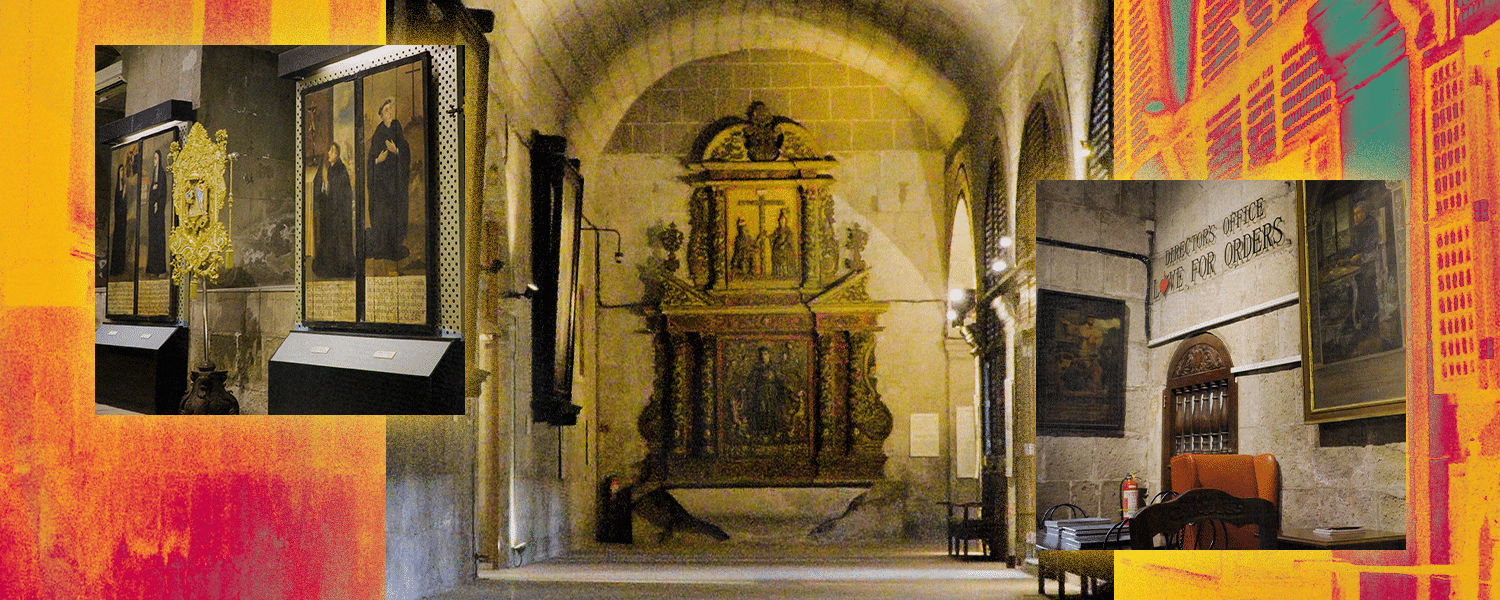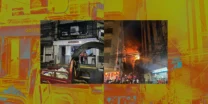Manila’s walled city of Intramuros has been famous among tourists for its old-centuries buildings and sites, constructed since the Spanish period.
It is currently nominated, once again, for the ‘World’s Leading Tourist Attraction’ this year after winning the title in 2020.
But aside from being an important tourist spot attraction, Intramuros is also hailed as a religious center with several churches and offices of the Philippine Catholic Church located inside its walls.
Among these is San Agustin Church, the oldest stone church in the Philippines.
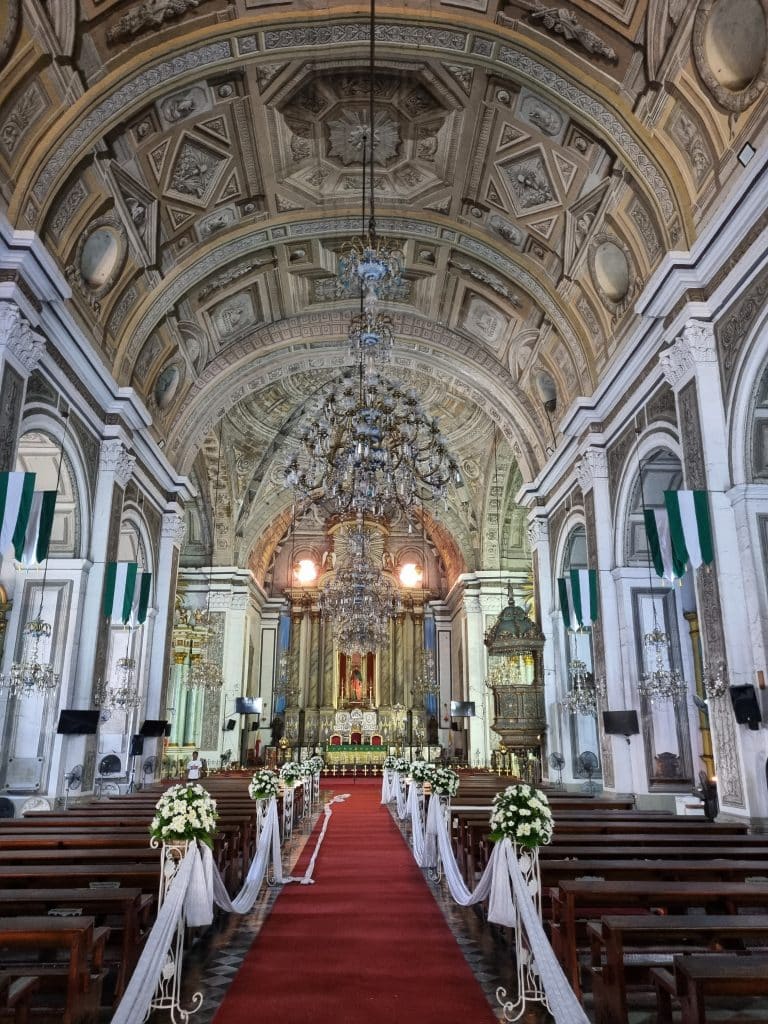
With its stunning Baroque-style structures, anyone will surely get enamored with this historic gem of Intramuros.
The holy origin
The Church of San Agustin has been under the auspices of the Augustinian friars since the occupation of Spain in the country.
Unaware to many, the present edifice is the third version of the church after undergoing two reconstructions caused by natural and man-made disasters.
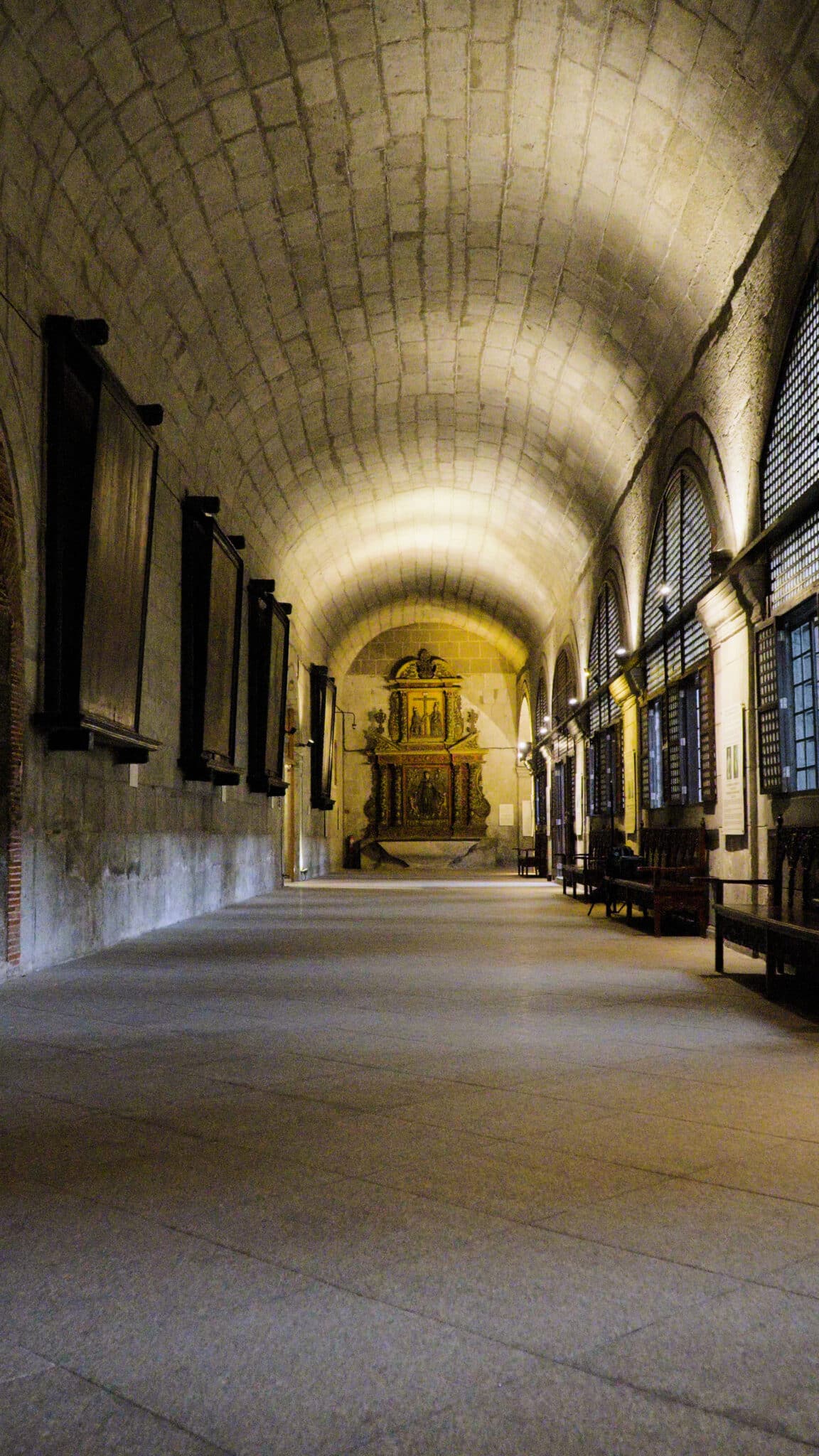
The original structure of San Agustin Church was built in 1571 from nipa and bamboo but would later be destroyed by fire during the invasion of Manila by Chinese pirate forces.
A year later, the first reconstruction began with wood as the primary material.
Unfortunately, the church caught fire in 1583, leading to its second reconstruction, which began in 1586.
The Augustinian friars, this time, made sure that the church would withstand any disasters with the help of Spanish architect Juan Macias, who led the design and construction using adobe stones.
In 1607, the reconstruction was declared complete.
Since then, the church has endured many calamities, such as earthquakes and strong typhoons, and has witnessed many significant historical events worldwide.
In 1898, for instance, the church served as a meeting place for Americans and Spaniards to discuss the agreement to surrender Manila to the United States following the Spanish-American War.
During the Second World War, it became a concentration camp for prisoners when the Japanese forces invaded Manila.
In the final days of the Battle of Manila, hundreds of residents of Intramuros, including the clergy, were held hostage by Japanese soldiers inside the church, and many of the hostages were killed.
It was also the only one among the seven churches in Intramuros that would survive the bombardment led by the combined forces of American and Filipino forces to drive out Japanese soldiers in the country.
After the war, the church served as the venue for the first Philippine Plenary Council and would later be recognized as a National Historical Landmark by the Philippine government in 1976.
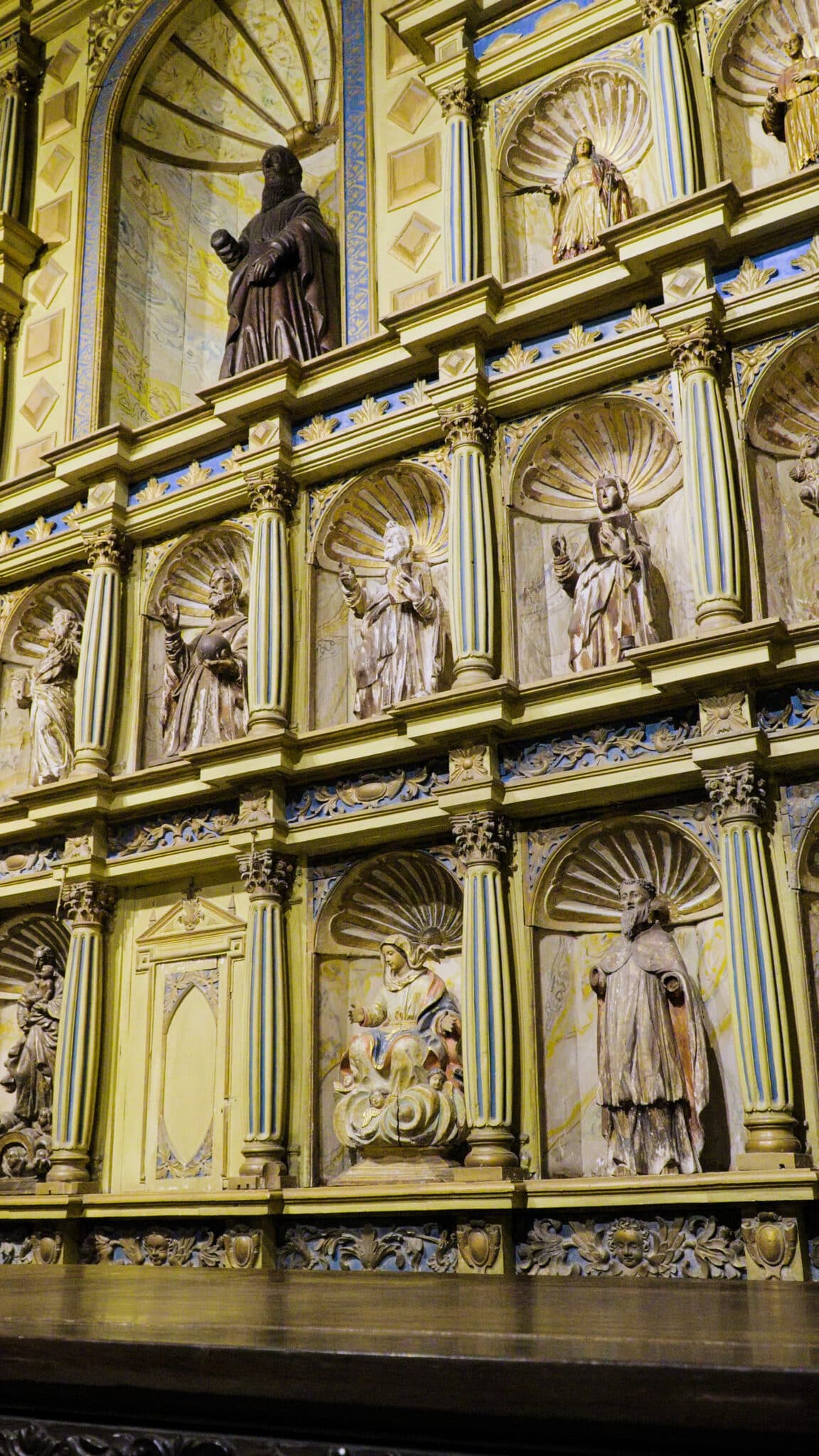
Today, San Agustin Church has remained standing, boasting its old-centuries beauty to many foreign tourists and visitors.
Some notable burials can also be found within the church premises, including the tombs of Miguel Lopez de Legazpi, Juan Luna, and Teodoro Agoncillo.
It has also become one of the sought-after locations for wedding ceremonies in the country, earning the title of the ‘Wedding Capital of the Philippines.’
Museum, convent, and cafe
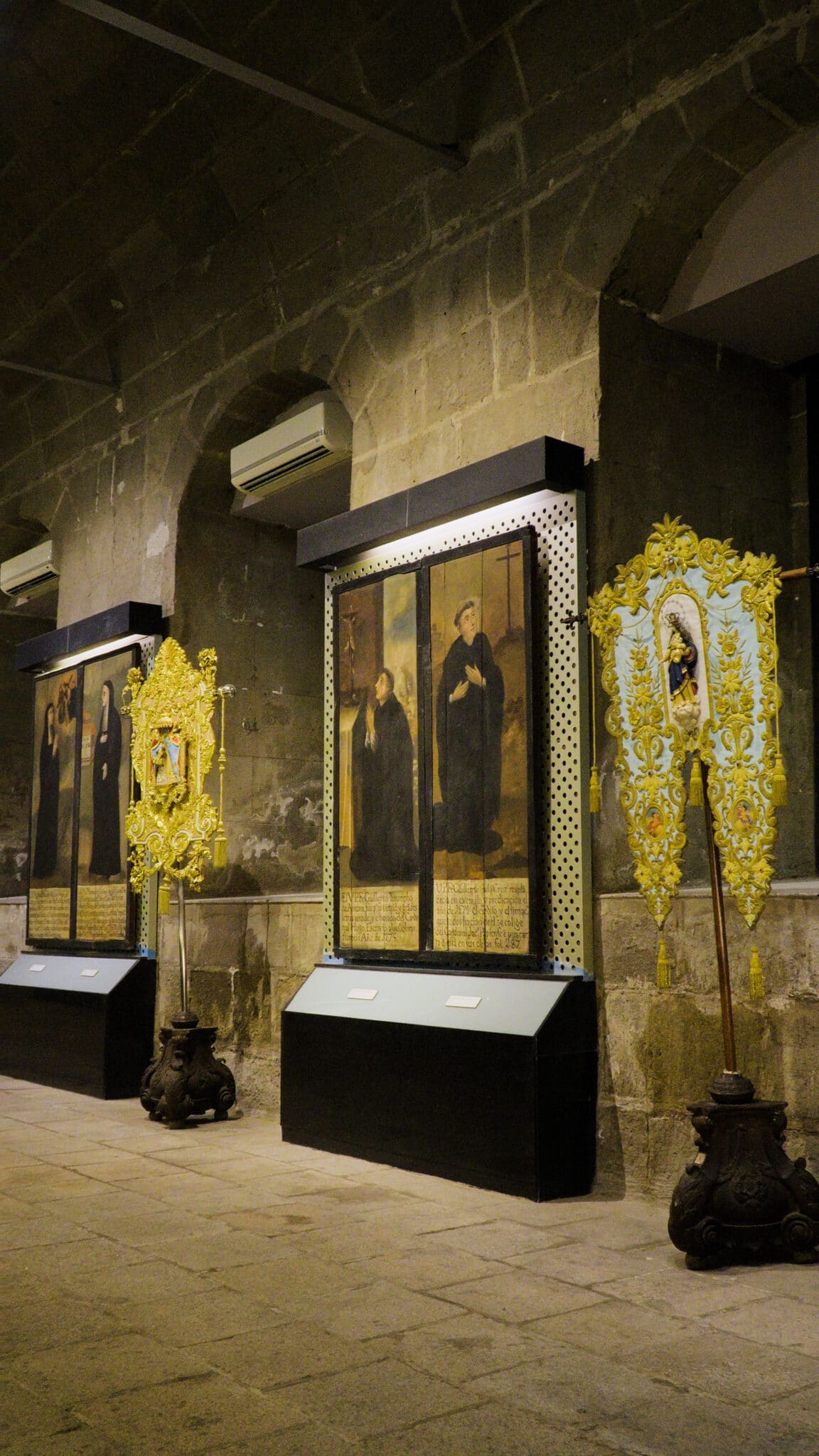
Formerly a monastery, the San Agustin Museum is located right beside the oldest church in the country.
The museum boasts a proud collection of artifacts, statues, sculptures, and monuments that showcase the complex history and legacy of the church and the walled city.
Adjacent to the museum stands the Seminario San Agustin, divided into two houses, the Postulancy and Pre-Novitiate House, where seminarians stay and live.
The Convento San Agustin is also located beside the museum, formerly serving as a provincial house and headquarters of the Augustinian Province of the Most Holy Name of Jesus of the Philippines of Spain from 1575 until 1901.
But what is more exciting when visiting the San Agustin Museum is its lone cafe located on the ground floor of the building.
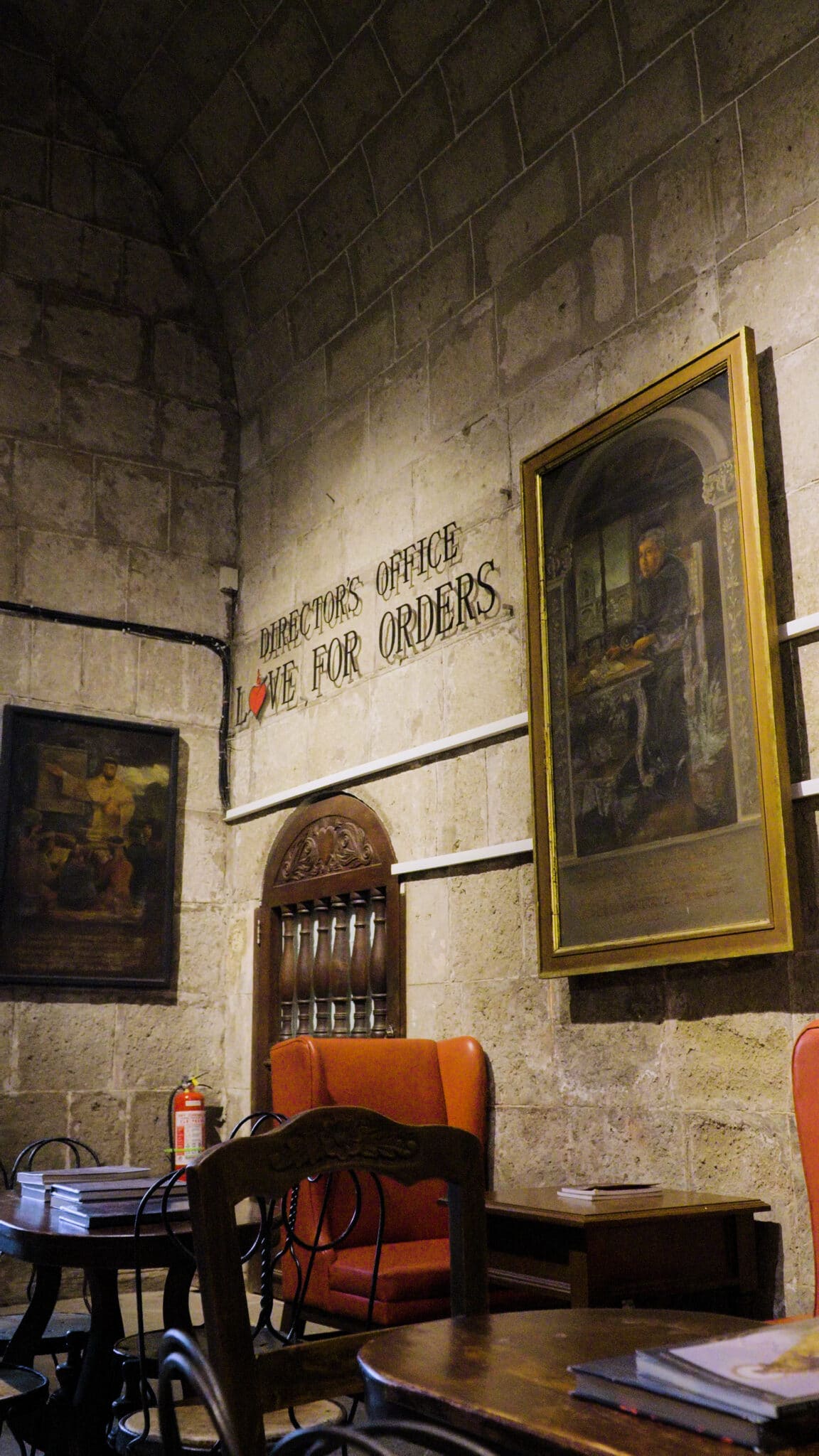
The cafe offers some of the best brewed and iced coffee and pastries that are worth trying. It is operated by the Augustinian friars to help the seminarians in their theological studies.
San Agustin Museum is open from Mondays to Sundays from 8:00 a.m. to 12:00 p.m. and 1:00 p.m. to 6:00 p.m.
The cafe, on the other hand, opens its doors from Sundays to Thursdays from 11:00 a.m. to 7:00 p.m. and Fridays and Saturdays from 11:00 a.m. to 8:00 p.m.
Heritage threats and conservation efforts
In 1993, San Agustin Church was declared one of the four churches in the country to be designated as a World Heritage Site by UNESCO.
The designation is an effort to honor the cultural significance of the church and also to provide comprehensive protection of it from possible threats.
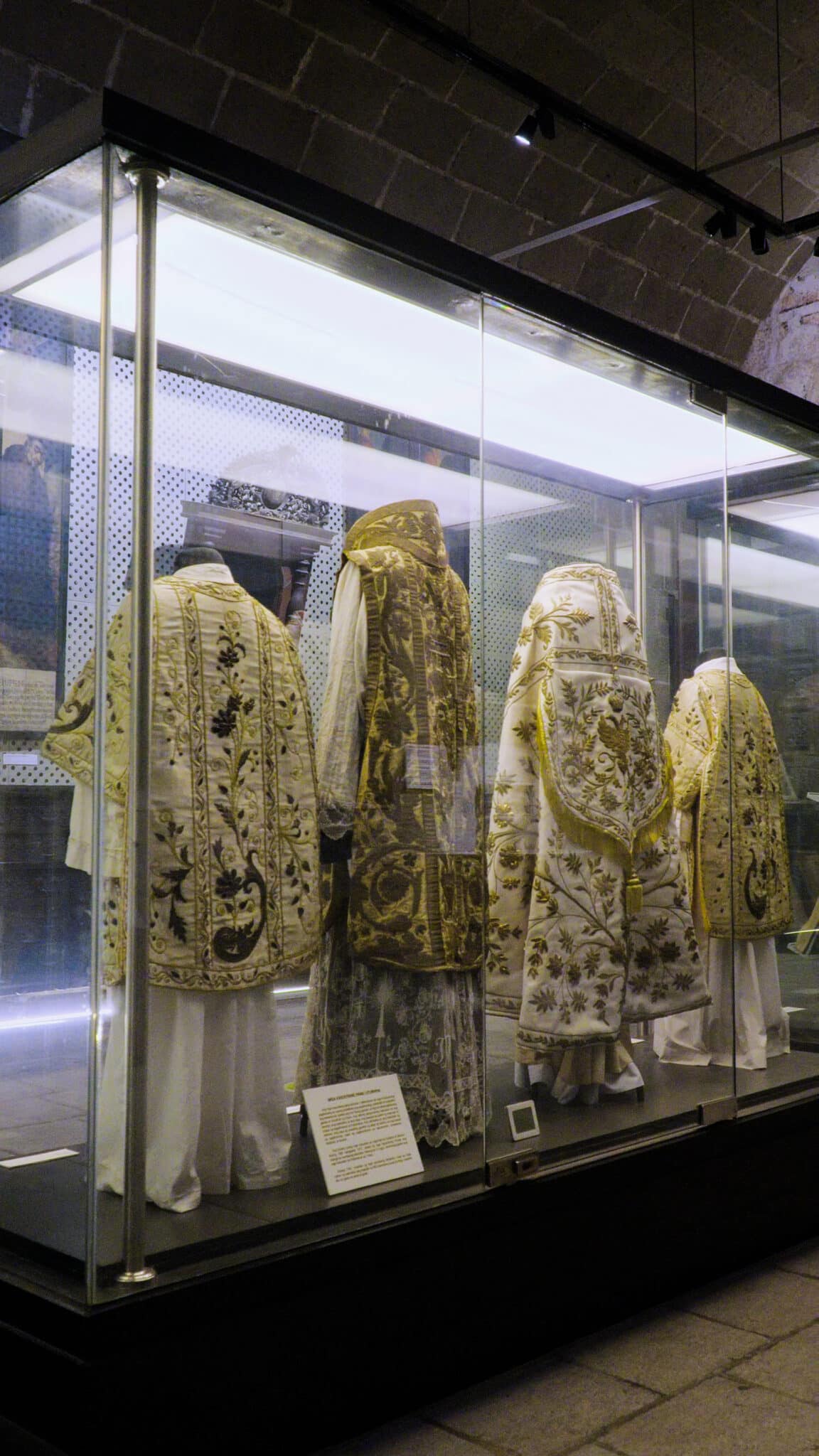
In 2018, the World Heritage Center (WHC) queried the construction of the Binondo-Intramuros Bridge due to its possible impact on the heritage site.
According to WHC, the bridge may affect the prescribed buffer zone of the church, causing extreme ground vibration to the place due to increased vehicular traffic and noise pollution.
However, the government argued that the bridge would not affect the health of the heritage site.
The Binondo-Intramuros Bridge opened in 2022.

